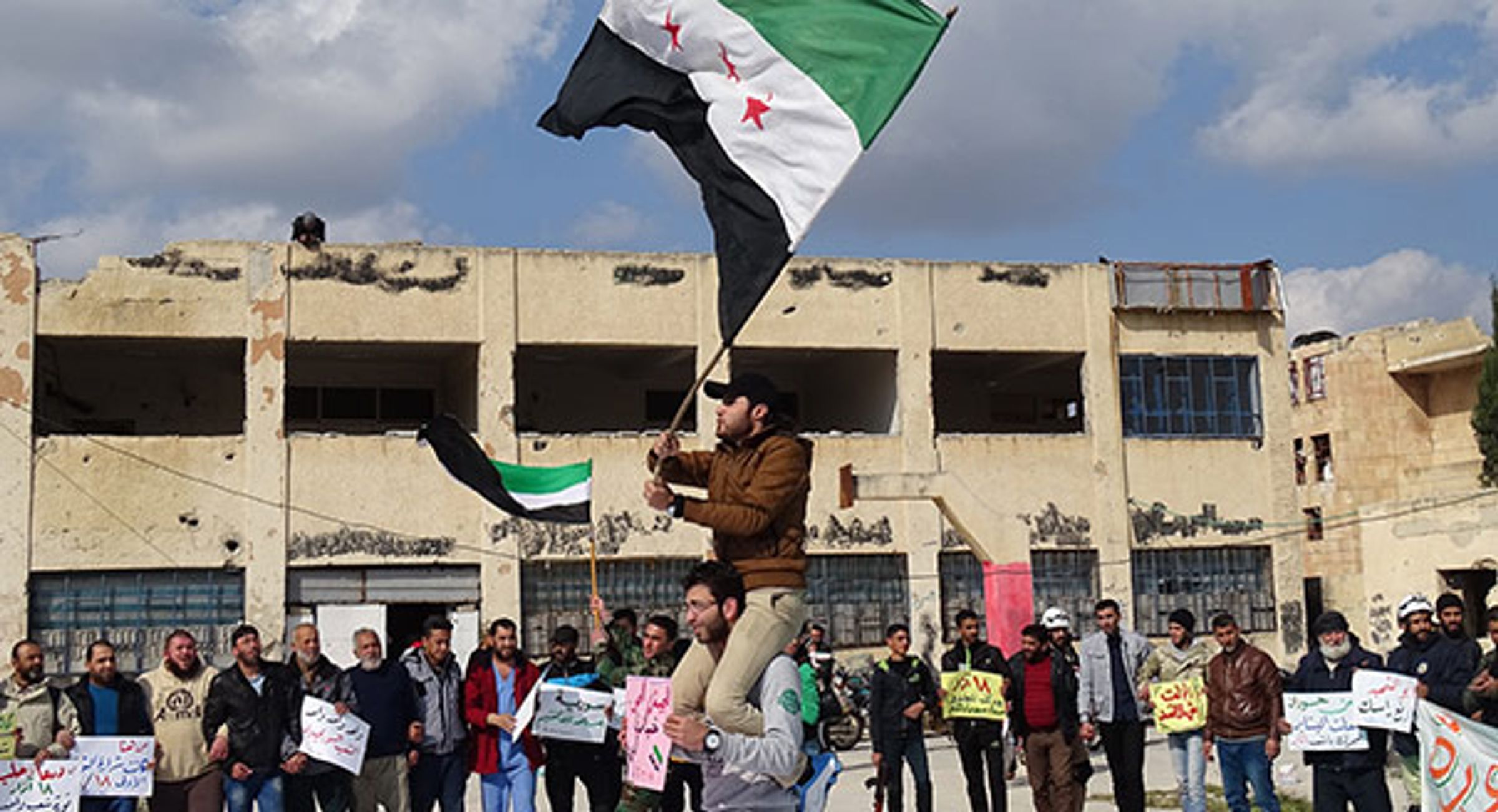nagoyasuzukiamerica.com – Syria has been a focal point of international media coverage for over a decade, largely due to its ongoing conflict and humanitarian crisis. The narrative surrounding Syria is often shaped by the media, influencing global perceptions and public opinion. This article explores how Syria is portrayed in the media, the gap between perceptions and realities, and the impact of media coverage on understanding the Syrian situation.
Media Portrayal of Syria
Conflict and Crisis
The media’s portrayal of Syria is predominantly centered around conflict and crisis. Since the outbreak of the Syrian civil war in 2011, news outlets have extensively covered the violence, destruction, and humanitarian issues facing the country. Images of war-torn cities, displaced populations, and desperate refugees have become synonymous with Syria in the global media landscape.
Humanitarian Focus
Alongside the focus on conflict, there is significant media attention on the humanitarian aspects of the Syrian crisis. Coverage often highlights the plight of refugees, the challenges faced by aid organizations, and the dire living conditions in affected areas. This humanitarian angle seeks to evoke empathy and drive international support for Syria’s beleaguered population.
Political Narratives
Media coverage of Syria is also heavily influenced by political narratives. Different media outlets may present varying perspectives depending on their political affiliations and interests. This can lead to biased reporting, where certain aspects of the conflict are emphasized or downplayed to align with specific agendas.
Perceptions vs. Realities
Oversimplification
One of the key issues with media coverage of Syria is the tendency to oversimplify complex situations. The Syrian conflict involves multiple factions, geopolitical interests, and historical factors, which are often condensed into straightforward narratives for easier consumption. This oversimplification can lead to misconceptions about the root causes and dynamics of the conflict.
Underreported Stories
While the focus on conflict and humanitarian issues is critical, other aspects of Syrian life often go underreported. Stories of resilience, cultural preservation, and everyday life amidst the chaos are frequently overlooked. This selective coverage can skew perceptions, leading audiences to view Syria solely through the lens of war and suffering.
Impact on Public Opinion
The media’s portrayal of Syria significantly impacts public opinion and policy decisions. Sensationalist reporting can fuel fear and misconceptions, while in-depth, balanced coverage can foster understanding and empathy. The narratives presented by the media shape how the international community perceives and responds to the Syrian crisis.
The Role of Social Media
Alternative Narratives
Social media platforms have emerged as powerful tools for alternative narratives about Syria. Citizens, activists, and independent journalists use these platforms to share firsthand accounts and diverse perspectives. These voices can provide a more nuanced understanding of the Syrian situation, challenging mainstream media narratives.
Challenges of Misinformation
However, social media also presents challenges, particularly the spread of misinformation and propaganda. The rapid dissemination of unverified information can contribute to confusion and reinforce stereotypes. Critical media literacy is essential for navigating the complex media landscape surrounding Syria.
Conclusion
Syria’s portrayal in the media is a complex interplay of perceptions and realities. While the focus on conflict and humanitarian issues is vital, it is equally important to acknowledge the nuances and diverse narratives that make up the Syrian experience. By striving for balanced and accurate reporting, the media can play a crucial role in fostering a deeper understanding of Syria, promoting informed public discourse, and supporting efforts towards peace and recovery.
